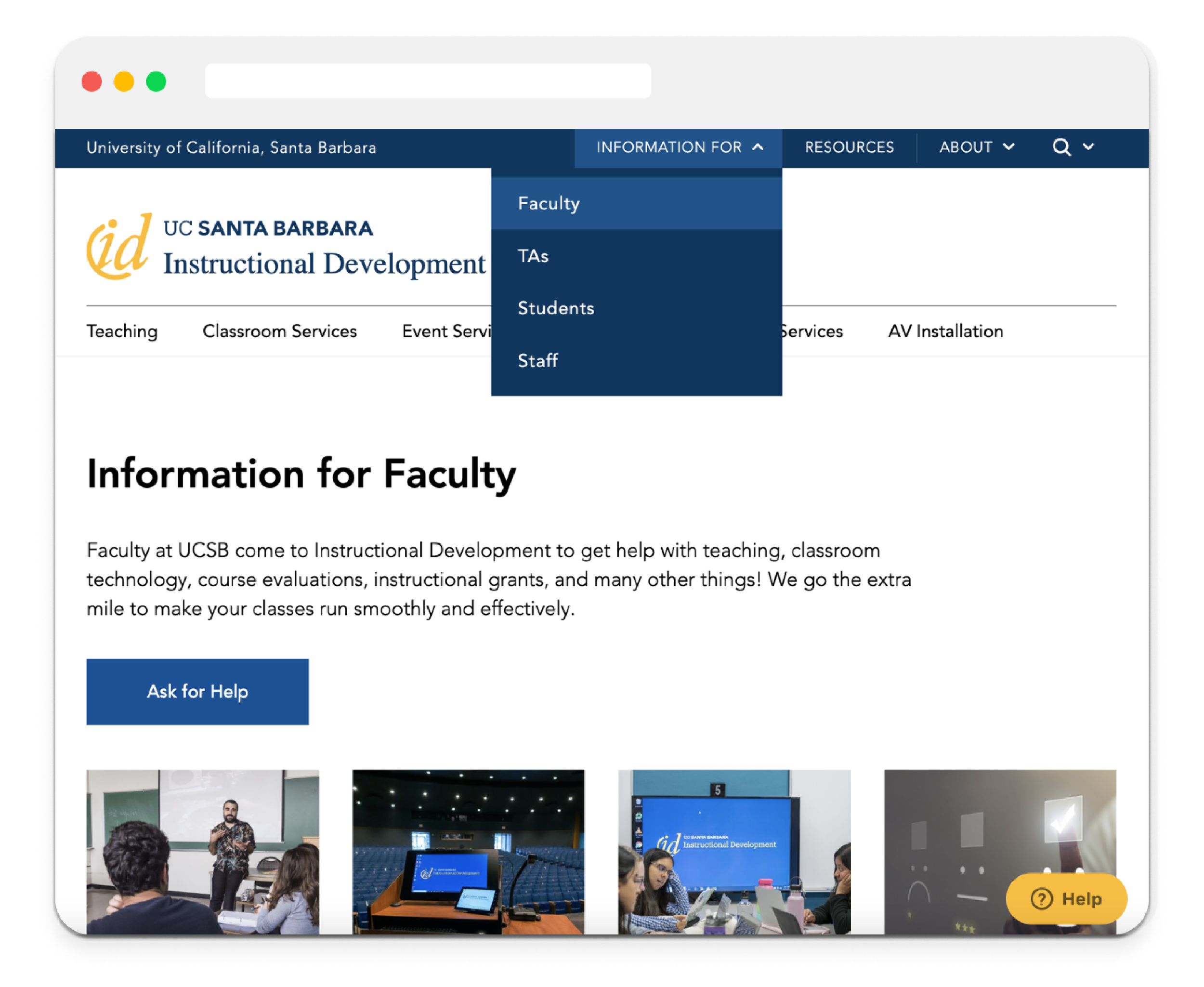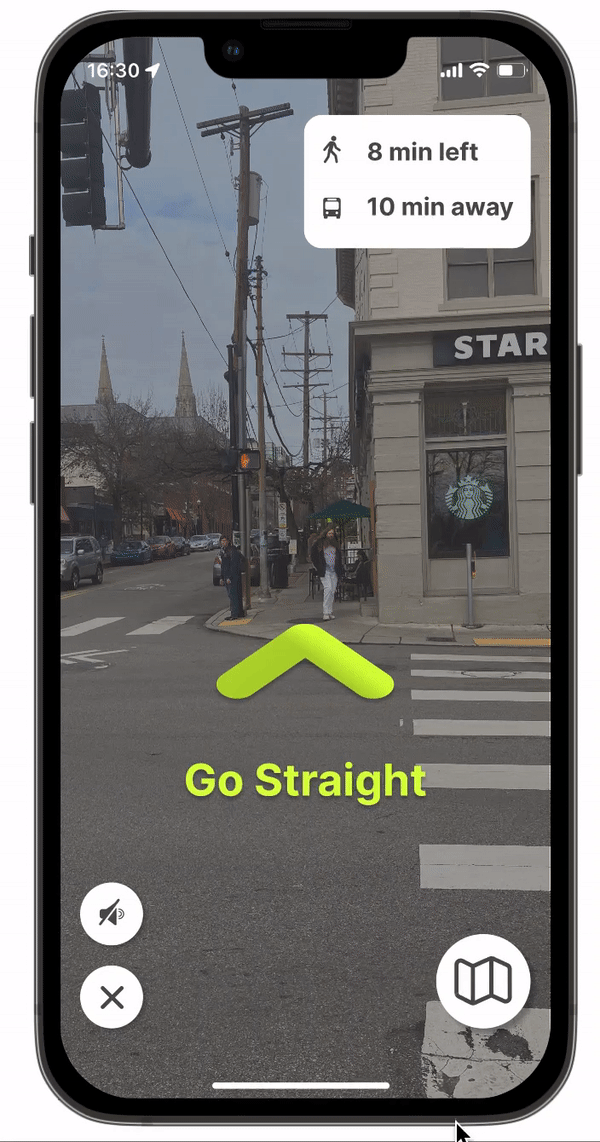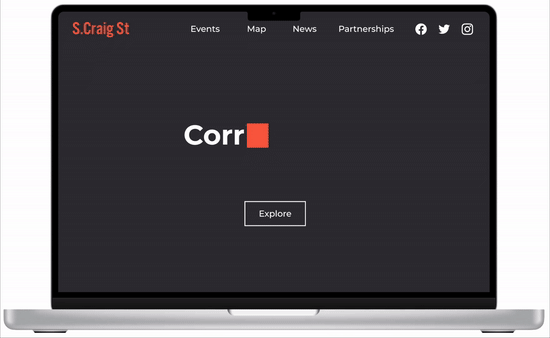About Sherry Liang
I'm Shirui Liang (梁诗睿), or Sherry. I recently completed my studies in UX and product design at Carnegie Mellon University. My design journey began during undergrad when I studied interaction art and biochemistry. While experimenting with AI and physical computing for art and doing data analysis for biology was fun, I realized my true passion lied in interacting with people and solving problem for people after working on projects to redesign website for better service and develop vehicle for children with motor impairments.
Seeking a deeper understanding of design, I pursued a master's at Carnegie Mellon to study user experience and design strategy. During this period, I worked on diverse projects in healthcare, real estate, automotive, education, and more, developing both desktop and mobile products. For example, in the capstone project, I led a team of six designing a quick site selection tool for affordable housing. During a summer internship, I created a web-based toolkit at Kaiser Permanente. In a part-time role, I conducted usability testing for instruments measuring students' development in specific areas. These experiences not only helped me understand how design shapes interactions among humans, objects, and the environment but also strengthened my commitment to a career in UX and product design.
Sherry @ Biology
For my biochemistry part, I spent most of my time in lab, conducting experiments, collecting data and analyzing them. Due to the nature of biochemistry, I did a lot of quantitative analysis, for example, coming up a mathematical model of a group of data or determining whether the data fit a certain model. Probably due to this background, I often use quantitative tools for setting up guidelines and analysis.
I also somehow ended up working on an ecological restoration project for two years and was able to recognize more than 50 plant species in that area. I witnessed the slow change of the landscape due to our work.





Sherry @ Art
My journey on my art side is a bit complicated. I started with a fine art background - specifically illustration, which was what I grew up doing. I like writing stories and drawing them out. When I entered undergrad, I decided to major in art to get more training on illustration.
However, in my first year of undergrad, I came across a thing called creative programming and I fell in love with it immediately, so I switched my focus to interaction art and I started to work more on generative art, artificial intelligence, and physical computing. I worked a lot with machine learning, Arduino and e-textile. In part-time jobs, I worked mostly on graphic design. Through these experiences, I gradually noticed how some slight changes on the design of interaction and visual could change how people interacted and perceived with my works significantly, which then led me to explore interaction and experience design further. At the same time, the opportunities to involve in projects that developed both physical and digital products allowed me to get hands-on work on experience research and design, which validated my goal of pursuing a career in UX design.







Sherry @ UX & Product
I got more comprehensive training on user research, design strategy and product management during the past year at CMU. This allowed me to grow a lot on my understanding of design thinking and my technical and soft skills on UX research and design. In school, I took classes on user research, ethnography, A/B testing and applied machine learning. The courses equipped me with the technical skills I needed to conduct research, collect data and do qualitative and quantitative analysis to generate insights. Meanwhile, the hands-on projects across various industries allowed me to theories into practice and learn what design in real world was like. For the capstone project, I worked as a UX researcher and designer in the multidisciplinary team to develop a tool that enabled quick site selection for affordable housing development project. I also worked part-time to do research on a CMU project, I did both qualitative and quantitative analysis to give actionable insights and suggestions for improving the cultural intelligence of CMU students. In the past summer, I worked as a web design intern at Kaiser Permanente and developed and added a manager toolkit section to one of their internal website. Through these experiences, I saw how research and design enabled a co-creation of value between users and business, and how I could leverage data to inform design.






